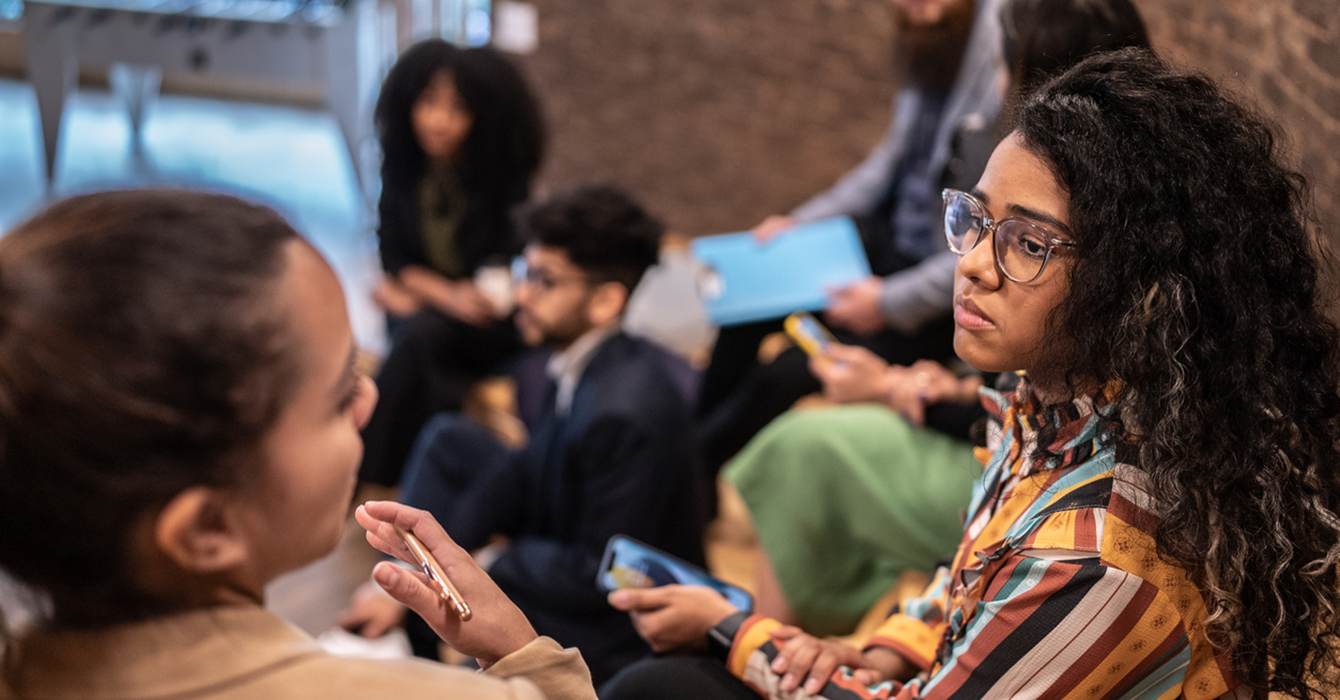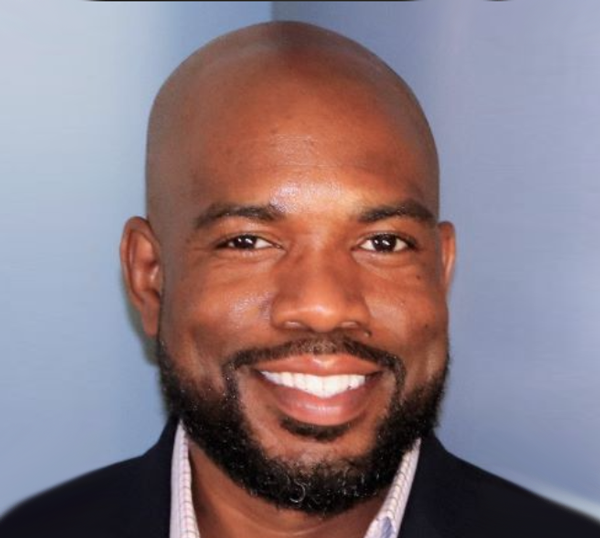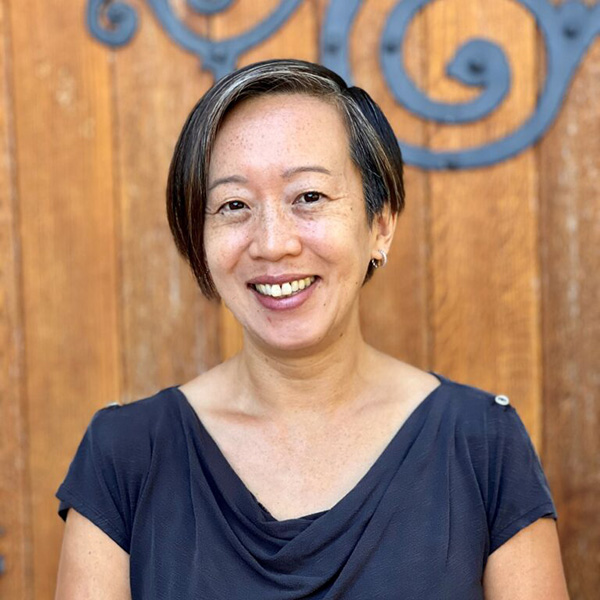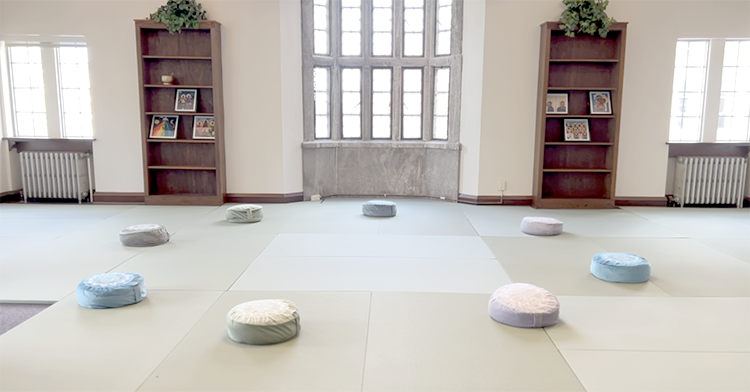When the U.S. Supreme Court issued its ruling in cases brought by Students for Fair Admissions Inc. (SFFA) against Harvard and the University of North Carolina, it outlawed the use of race as a factor in college admissions. The 6-3 decision fell along ideological lines, with the court’s six conservative justices ruling in favor of SFFA.
In her dissenting opinion in the UNC case, Justice Ketanji Brown Jackson wrote, “Given the lengthy history of state-sponsored race-based preferences in America, to say that anyone is now victimized if a college considers whether that legacy of discrimination has unequally advantaged its applicants fails to acknowledge the well-documented ‘intergenerational transmission of inequality’ that still plagues our citizenry.”
Indeed, we exist in a moment in history when political leaders and others are attempting to roll back decades of efforts to tear down the wall of entrenched systemic and institutional racism. Those efforts were intended to open doors to people of color, particularly Black Americans, who have long been denied entry into some of our nation’s most prestigious colleges and universities. The SFFA decision in June is only one piece of a much larger puzzle, however.
In recent months, we have seen the governors of both Florida and Texas ban diversity, equity and inclusion (DEI) initiatives at state higher education institutions. Gov. Ron DeSantis of Florida, a candidate for the Republican nomination for president of the United States, has referred to DEI initiatives as “woke” and “standing for discrimination, exclusion and indoctrination.”
Several other states, including Mississippi, Missouri, Iowa and South Carolina, have either introduced legislation that restricts (if not eliminates) DEI efforts at state colleges and universities or are currently “reviewing” such DEI initiatives.
These attacks on affirmative action and DEI initiatives are inseparable from anti-critical race theory laws recently passed in more than a dozen states. Despite their monikers, most if not all of these laws extend well beyond the teaching of CRT — which for the most part is taught only in a small number of graduate schools, not in K-12 schools — to include restrictions on any teaching of the history of race and racism in the U.S.
Make no mistake: there is a direct connection across all of these laws, policies and court decisions that will impact educational opportunities and experiences of students of all races, ethnicities and nationalities.
As college and university classes resume for a new school year, these changes leave many unanswered questions in their wake. Some undoubtedly center on three areas: historically Black colleges and universities (HBCUs), the teaching of historical connections between the church and society, and the preparation of students to be global citizens.
HBCUs
How will these decisions affect HBCUs?
Most HBCUs were born out of segregation and the struggle for Black liberation through higher education. HBCUs have long been a pathway to prosperity for Black Americans, although fewer Black college graduates are earning their degrees at these institutions today compared with four decades ago.
In 2020-21, 13% of bachelor’s degrees earned by Black students in the U.S. were from HBCUs. But HBCUs are much more than degree-granting institutions. They also exist to reinforce Black culture, Black history and the Black experience, and to prepare graduates to navigate a world often hostile to their very existence.
As a third-generation HBCU graduate, I can attest to the cultural, emotional and professional impact these institutions can have. Will restrictions on DEI initiatives affect the stated missions of HBCUs? How can HBCUs teach their own history without talking explicitly about the role of racism in shaping that history?
It is also unclear how these changes in law and policies will affect Black graduate students, over 90% of whom earn their graduate degrees from predominantly white institutions. As a Black male HBCU graduate who has since matriculated at two predominantly white institutions to earn advanced degrees, I have experienced on numerous occasions being the only Black person in a class and feeling compelled to act as a “spokesperson” for Black people.
How can students like me in these situations enlighten others about the Black experience if we are restricted from discussing race or advancing initiatives under the DEI banner that could bring our experiences to light at predominantly white institutions?
Church and Christianity
How will restrictions on teaching about race and racism affect how or what students learn about the role of Christianity and the church in the experience of oppressed people in the U.S. and throughout the world?
In his book “The Cross and the Lynching Tree,” theologian James Cone wrote, “The cross can heal and hurt; it can be empowering and liberating but also enslaving and oppressive. … I believe that the cross placed alongside the lynching tree can help us to see Jesus in America in a new light, and thereby empower people who claim to follow him to take a stand against white supremacy and every kind of injustice.”
Cone insightfully noted that the history of the enslavement and liberation of Black Americans is inextricably tied to our collective understanding of Christianity. That is, Christianity was used by slave owners to justify the enslavement and abuse of African people but also used by those same enslaved people and their allies and descendants as a liberatory tool.
The importance of the church as an institution in the lives of Black Americans is well chronicled, from its metaphorical use of Moses’ deliverance of God’s people from captivity to provide guidance for those escaping enslavement to its pivotal role, especially through Black churches and religious leaders, in the Civil Rights Movement and beyond. Understanding this relationship is crucial to teaching both our nation’s history and the history of Christianity. One cannot be understood fully without the other. Yet it is unclear whether a fuller telling of both histories will be possible given these new attacks on higher education.
Exposure to diversity
How will the elimination of the consideration of race in college admissions affect students’ exposure to a diversity of perspectives, experiences, cultures and values that might help them gain a better understanding of themselves and their roles in this world?
The world and the U.S. are diverse places, and it is imperative that young people gain a thoughtful understanding of this diversity while in college to prepare them for the world they will enter as adults.
A key to developing this understanding is exposure to diverse ideas, cultures and experiences. If higher education institutions become less racially diverse and more restrictive of what ideas can be expressed, students’ potential to contribute meaningfully to our society and the world will be severely limited.
How can young people alleviate poverty in the U.S. if they do not understand the history of the racial wealth gap in the U.S.?
How can young people address immigration in ways that honor the teachings of Christ if they do not fully understand the history of immigration in the U.S., the treatment of Indigenous people, and the conditions that cause people to flee their countries in search of a better life?
How can young people create solidarity and community with their fellow Americans and people around the world if they do not eat, play and learn alongside people of other races, ethnicities and cultures?
How can young people be productive citizens of this world if they do not understand the world in which they live?
These are among the myriad concerns that arise when DEI programs are eliminated, colleges and universities become less diverse, and students enter college with a watered-down understanding of the role of race and racism in society.
We owe it to young people to create environments where they are exposed to and learn from diverse perspectives and experiences. These environments can help young people develop the skills and perspectives necessary to navigate an increasingly diverse society and a more interconnected world.
...there is a direct connection across all of these laws, policies and court decisions that will impact educational opportunities and experiences of students of all races, ethnicities and nationalities.















